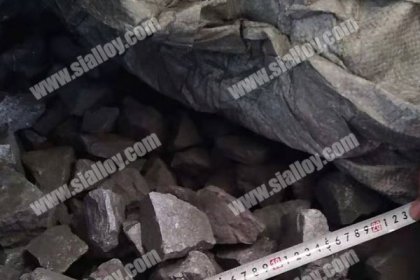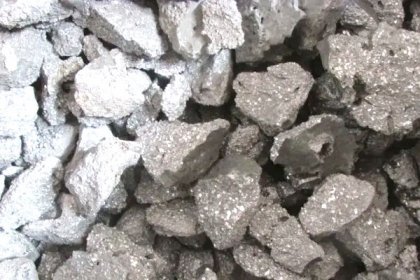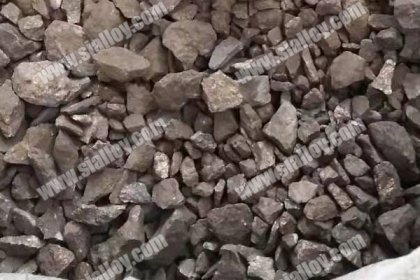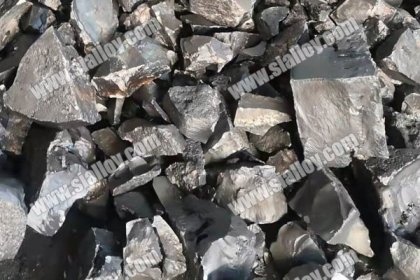quenching methods of gray cast iron
The purpose of gray cast iron quenching is to change the matrix structure, obtain the martensite structure, and improve the hardness and wear resistance of the casting,Anyang Huatuo Metallurgy has in the raw materials of gray cast iron for more than 10 years, following introduce the quenching methods of gray cast iron mainly to you:
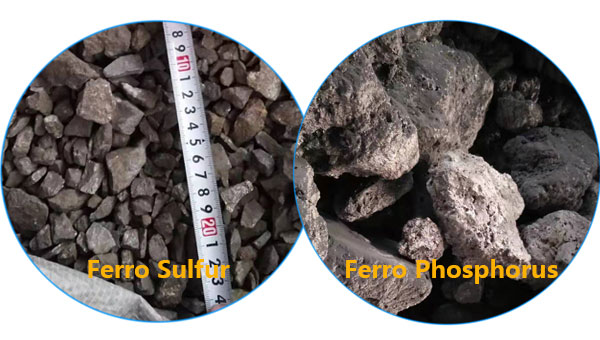
(1)Ordinary Quenching: The quenching temperature is the upper limit of Ac1 + 30~50℃, generally 850~900℃. The higher the quenching temperature, the higher the hardness after quenching. However, too high quenching temperature increases the tendency of casting deformation and cracking, and at the same time produces more retained austenite, which reduces the hardness. For complex shapes or large castings, it should be heated slowly to avoid cracking, and can be preheated at 550 °C if necessary.
(2)Austempering.The purpose of isothermal quenching is to change the matrix structure, obtain lower bainite and a small amount of retained austenite and martensite structure, improve the comprehensive mechanical properties of the casting, and reduce the quenching deformation. The heating temperature and holding time of isothermal quenching are the same as those of ordinary quenching process. Austempering is suitable for cams, gears, cylinder liners and other parts.
(3)Surface Hardening.Castings such as machine tool guide rails require high hardness and wear resistance on the surface, and most of them require surface quenching.The structure of the hardened layer of surface quenching is martensite plus graphite, and the surface hardness can reach about 55 HRC. In order to ensure the normal progress of quenching and the quality of quenching, it is necessary to surface quenched castings, the pearlite in the original structure should be more than 65% (volume fraction), and the graphite is fine and evenly distributed, in order to achieve good results. If the amount of pearlite in the original structure is too small and the amount of ferrite is too much, under the condition of rapid heating, too little carbon is dissolved in the austenite, and the quenching hardness will be low. In particular, the existence of bulk ferrite not only reduces the hardness, but also causes soft spots in the hardened layer, which greatly reduces the quenching quality. The fine graphite flakes are easily dissolved in austenite when heated, and the more graphite dissolved, the higher the hardness after quenching. Therefore, the workpiece needs to be normalized before surface quenching to ensure that there is enough pearlite in the matrix structure to obtain a good surface quenching effect.
 中文
中文
